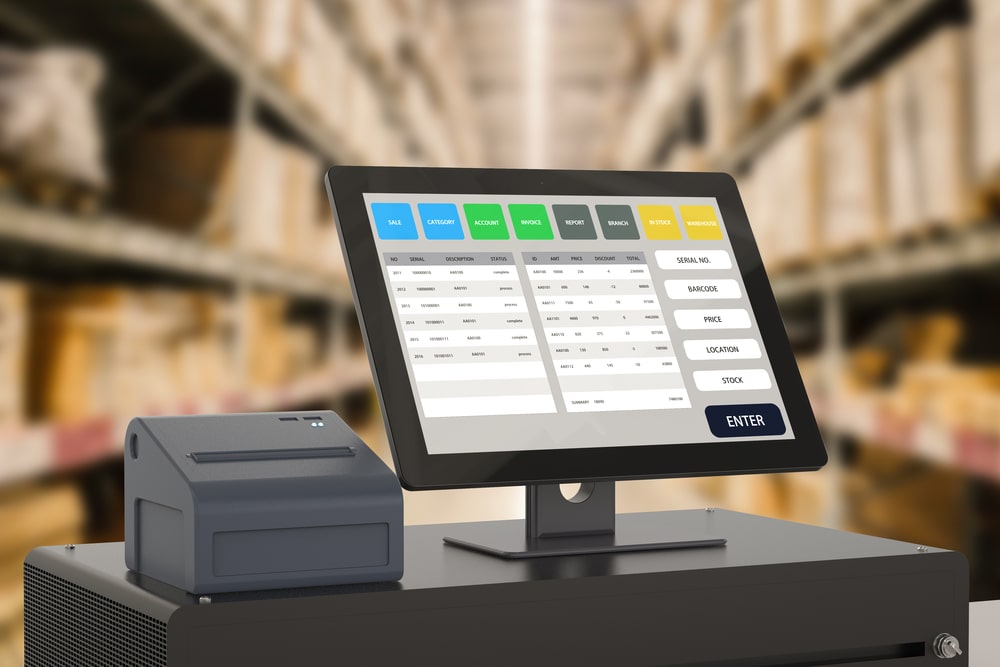Automotive Inventory Management: What Can Make or Break a Dealership
Automotive inventory management goes much deeper than tracking products, and it’s an integral segment of business that cannot be neglected or compromised. An inventory management system for the automotive industry requires the latest, state-of-the-art technology and innovative solutions – and for good reason.
Without an effective automotive inventory management system in place, auto dealers continue to miss the opportunity for greater profit and risk losing loyal customers in the process. Throughout this article, we detail the importance of auto dealer inventory management and how dealerships can continue to improve their process.
Inventory management challenges that dealerships face
Inventory translates to assets and is directly correlated to revenue. It’s essential that products are properly stored, correctly accounted for, and tracked for historical data. A good auto dealer inventory management system ensures a smoother workflow, clear communication between departments and customers, and minimizes mistakes. However, dealerships face the following challenges without an efficient process for automotive inventory management:
- High costs of inventory and production
- A low inventory turnover rate
- Data-entry errors, leading to low or excess inventory
- Poor real-time updates on reporting
- Delivering the wrong products to service techs
- Lost opportunities with the inability to fulfill customer orders
- Excess inventory that ties up capital and uses up space
- Not reaching the dealership’s true profit margin potential
- Lower customer satisfaction with longer repair times
The solution to automotive inventory management issues
Often, managers look at automotive inventory management challenges and implement solutions, such as special sales for parts that don’t move. However, doing this regularly lowers a dealership’s profit margin and is akin to putting a bandaid over the underlying issue. Instead, we need to look at the communication and processes between departments and if they are optimized fully.
Innovative software and a PEP plugin address the constraints that dealerships often face. Among these improvements include:
1. Real-time Reporting – With many moving parts in a dealership, things can change quickly. Real-time updates ensure that the information is accurate, current, and accessible on a single source by all departments.
2. Customization – Dealerships are not a one-size-fits-all approach. Each business will have unique operational needs and customer demands. A DMS or PEP that allows for customization can fine-tune details and identify where the constraints are happening.
3. Streamlined Communication – Each department, including service advisors, parts, service technicians, and sales managers, is connected to one system, allowing for easy communication and a seamless process. Fluid communication about available inventory speeds up the service task, makes the sales process smoother, and contributes to the bottom line.
What a healthy inventory management systems looks like
Dealerships with advanced auto dealer management systems equipped with a proficient inventory process are more prepared to handle the many moving parts of a dealership. When streamlined communication and a productive process are achieved, an excellent automotive investment management system:
- Minimizes loss occurring from damages and wasted materials
- Ensures the accessibility of resources for all departments
- Identifies low quantities of product
- Helps dealerships stay on top of inventory with accurate historical data
- Avoids over-storing and duplication in ordering stock
- Maintain production costs within budget
- Eliminate bottlenecks and downtime due to a lack of materials
Key takeaways
Inventory tracking impacts every department of the business – from service technicians communicating with the parts department to a member of the sales team inquiring about the availability of a certain vehicle for a customer. A reliable inventory management system could be the difference between profit and loss, further emphasizing its importance.
To the outside eye, automotive inventory management is simply a means of assessing the available products. For many industries including the automotive sector, the objective of tracking inventory ties into increased customer satisfaction, better collaboration between departments, and a smoother workflow with less downtime. Ultimately, these points lead to a healthier bottom line.











